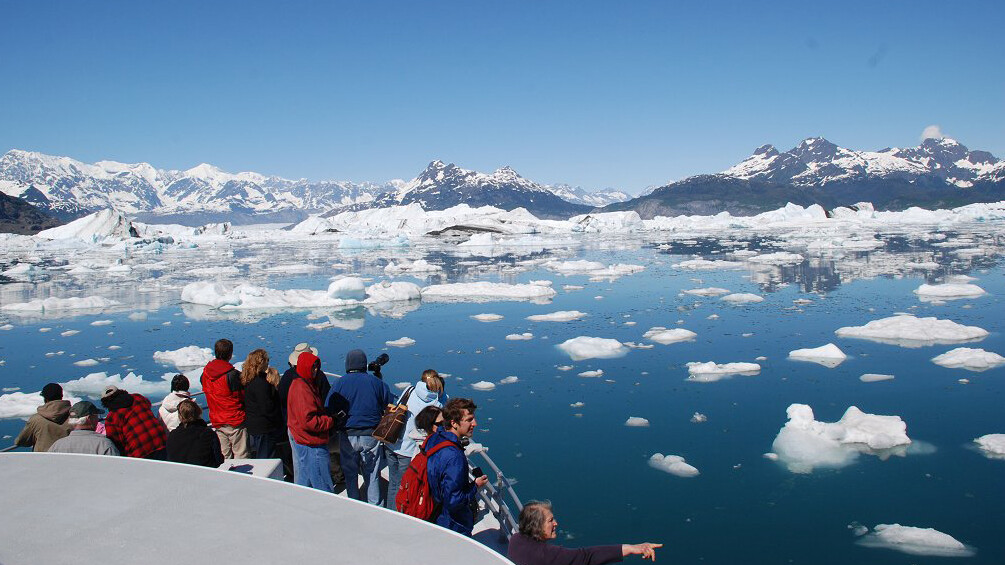
Earlier snowmelt, decreasing soil moisture, decreased corn yields, increasing extreme precipitation events — these are some of the weather effects currently observed in the central United States that might well have their origin in the rapidly warming Arctic.
These and other implications of Arctic warming are among the topics included in the recently published report, “Implications of a Changing Arctic on the Water Resources and Agriculture in the Central U.S.,” by the School of Natural Resources’ applied climate science professor Don Wilhite and climate change resource specialist Kim Morrow.
A workshop of the same name was held at Innovation Campus Nov. 11-13, 2015. More than 70 climate and water resource professionals from Nebraska and around the country gathered to discuss how the significant climatic and environmental changes being observed in the Arctic may be affecting changes in mid-latitude weather. Suspected linkages were explored between these changes and severe weather events such as droughts, floods and heat waves observed in recent years in the central United States. The trend for more extreme events in the region is expected to continue to increase in the decades ahead as projected changes in climate become more pronounced.
Given the importance of the Midwest and Great Plains region as a breadbasket of the world, the goal of the workshop was to explore how these changing weather patterns may affect agriculture, water resources and other sectors. The workshop was timely in that it coincided with the U.S. assuming chairmanship of the Arctic Council in April 2015 under the leadership of the U.S. Department of State. The workshop provided an opportunity to identify possible adaptation and mitigation measures in response to these changes in severe weather patterns, as well as to ascertain future research needs and discuss how management decisions and policy options may need to be altered in the region in response to a changing climate.
“The impacts (of a warming Arctic) are very strongly felt in this region because it’s where a lot of our country’s food comes from—where a lot of the world’s food comes from,” said Jennifer Francis, climate scientist at Rutgers University and the conference keynote speaker. “So we know that agriculture is very sensitive to any changes in precipitation, in drought, in temperature—all of these factors that are really governed by weather patterns. So when we talk about potential changes to weather patterns, then we are talking about affects to humans directly through the food connection. So that’s why this part of the world is considered to be one of the biggest impact areas.”
The report and other workshop-related materials are available here.
Sponsors of the meeting included NOAA’s National Integrated Drought Information System; the USDA’s Office of the Chief Economist; Agricultural Research Division of the Institute of Agriculture and Natural Resources; the Office of Research and Economic Development; the Daugherty Water for Food Institute; the National Drought Mitigation Center; the High Plains Regional Climate Center and the School of Natural Resources.








